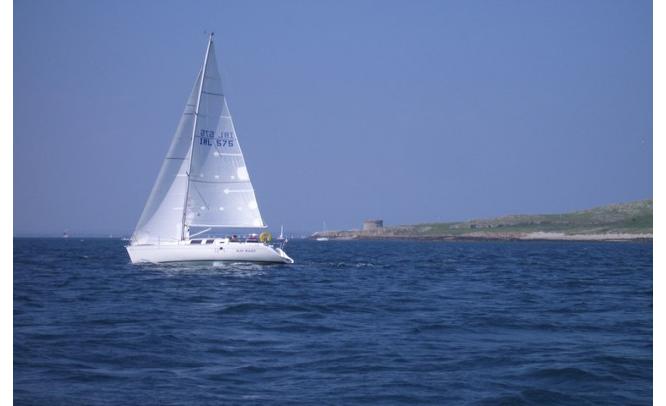Trading technology is both a benefit and a tool for firms today.
28th October 2013
Recently, the annual regatta, America’s Cup was held.
Each year, this series of sailing competitions is held under a longstanding tradition of teamwork and adversity. But what makes this race so compelling is that sailing, in itself, is a triumph against unforeseen forces: the weather, hidden obstacles, even time of day can affect the team’s line-of-site and overall trajectory.
Markets behave much in the same way that oceans do: surface views can be misleading, underlying currents can be tracked and harnessed—when the right charts are in place—and there are vast dependencies that can cause extreme changes in workflows, positions and the ability to stay competitive.
This has never been truer than now, and what firms need in place are expert teams and the right trading technology to support them – ensuring real-time adjustments, collaboration and the strategies to stay ahead.
Trading technology is both a benefit and a tool for firms today. And in the crossing of the vast market oceans, it’s critical that these tools provide landmarks and a clear line of site – preparing daily execution for tomorrow’s industry changes. These forces of nature can come in many forms:
- Regulation – It’s no secret that the industry has been transformed overnight due to Dodd-Frank, the JOBS act, FATCA and MiFid I, II, and III.
- Competition – Staying ahead has never been more challenging – new market entrants are seeking opportunities in the new territories made open by regulatory change – essentially undiscovered waters that still need to be claimed (SEFs, cloud)
- Consolidation – Firms need to answer to the bottom-line in today’s market environment. That means they want less vendors, more rack and desk space, and efficiencies across the board.
- Simplifying Your Partnerships: By consolidating vendors, and bringing a partner who can provide a network, managed data, and trading hardware and app options – all in one.
- Engaging Options: Utilizing the right tools to keep your trading ops up and running cross-floor, and cross-office to stay compliant and streamline communications.
- Customizing Your Trading Activity: Through the use of open architecture apps, allowing you to provide tailored data, tools and lists for your desk.
Source:IPC Systems, Inc


